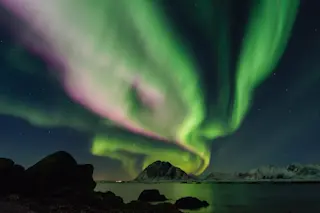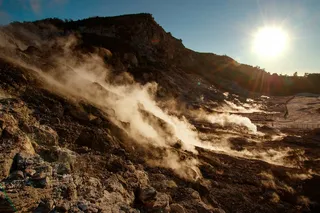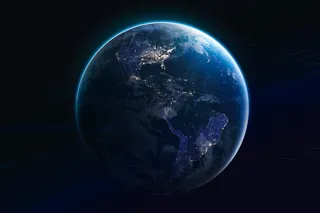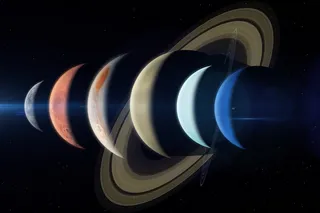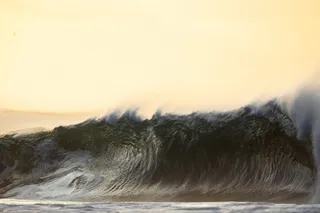When the space weather is just right, one of nature’s grandest spectacles unfolds over Earth’s poles. Visible on clear nights, clouds of glowing green slowly morph into gyrating arcs that cover the sky — then vanish. And repeat. At times the lights appear straight overhead, falling as cosmic rain in shades of green, red and blue. It’s a phenomenon humanity has marveled at for millennia. Yet scientists are still unraveling its mystery.
Our modern understanding begins on Sept. 1, 1859. British astronomer Richard Carrington was tracking sunspots when a group unlike any other he’d seen appeared. It sent out two intense flashes of white light and vanished minutes later. Those bright flashes signaled that an enormous eruption — the largest geomagnetic storm in history — was heading for Earth.
When it hit, the storm was so intense that sparks shocked telegraph operators through their machines and set their paper on ...


